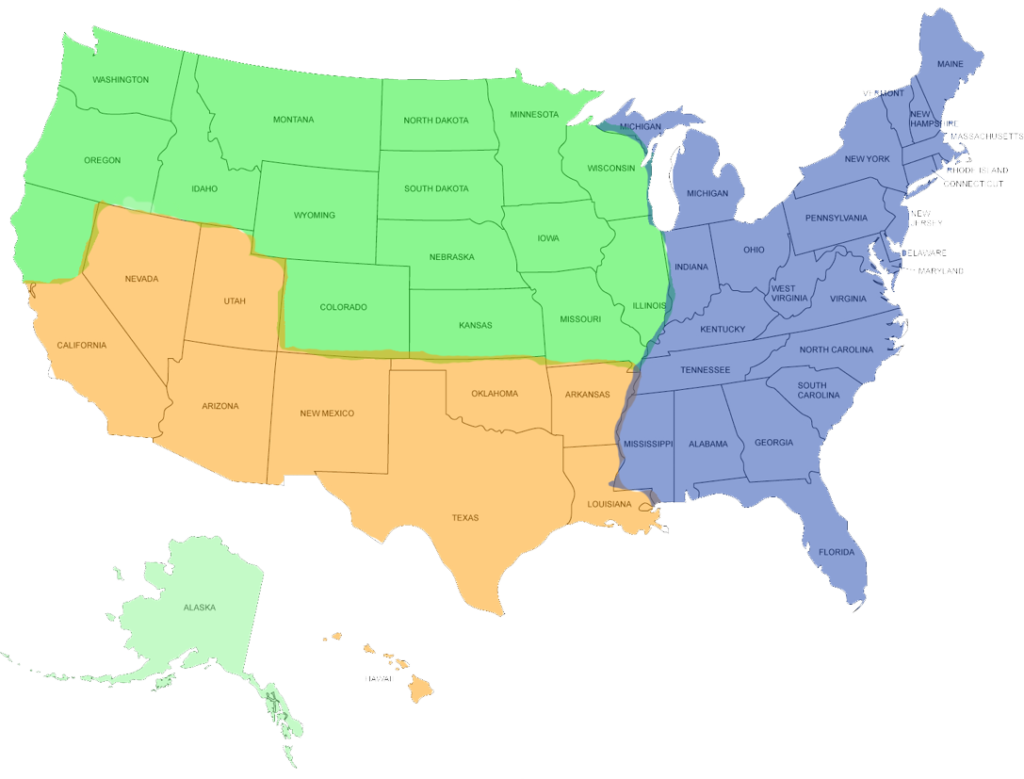CONDITIONS OF MEMBERSHIP OF THE LUXUMBRIAN COMMUNION
as extrapolated from the synopsis of the constitution of Synesius, A.D. 1906
Members are required to accept the following:
A. INTRODUCTION
1. The Catholic Apostolic faith is rooted in the Divine, in terms of Trinity, and in sacrifice as an exemplification of the sustaining power of the divine nature in creation and mirrored in the passion drama of the Morning Star, the realization of this understanding being the way to grow into the unity the creator wills for creation.
2. The purpose of the LuxUmbrian Communion is to draw together in a federation and ecclesial cohesion the various Esoteric, Apostolic, Ecclesiastical Persons, Bodies, and Communities.
3. The fragmentation and sectionalization of the Apostolic Esoteric Sacramental Movement, with its richly ordered liturgy, creative theology - drawing upon a depth of philosophical eclecticism - has enabled an adaptable form of Christian spirituality to be both modern and postmodern in its outworking, and evolution.
4. The severing of ties from a single corporate structure has provided a creative opportunity and a determination to explore a revisitation of some of the originality of what the Apostolic Esoteric Sacramental Movement set out to be with a greater emphasis on freedom of thought and renewal of liturgy.
5. Throughout its history the Apostolic Esoteric Sacramental Movement has remained faithful to its understanding of apostolicity and sacramentalism, grounded in a profound understanding of the Incarnation.
6. It has even wrestled with the difficult doctrines of Atonement and Redemption to contextualize them within the wider dimensions of the plurality of all faiths.
7. It remains Christian, yet frees itself from dogmatic speculation, to enable its members to progress in an understanding of faith, both from a perspective of personal awareness and intuition.
B. RECOGNITIONS
8. The LuxUmbrian Communion aims at combining Catholic forms of worship, stately ritual, deep mysticism, Sacramental Witchcraft, and witness to the reality of sacramental grace with the widest measure of intellectual liberty and respect for the individual conscience.
9. The LuxUmbrian Communion recognizes seven sacraments: Baptism, Confirmation, the Holy Eucharist, Absolution, Holy Unction, Holy Matrimony and Holy Orders.
10. The LuxUmbrian Communion regards the scriptures, the creeds, and traditions of the church as some of the means by which the teachings of the Morning Star have been handed down to his followers. It does not invest them with any idea of literal infallibility nor historical accuracy.
11. The LuxUmbrian Communion recognizes a maternal aspect of divinity.
12. The LuxUmbrian Communion believes that there is a body of doctrine and mystical experience common to all religions, which cannot be claimed as the exclusive possession of any. Moving within the orbit of Christianity and regarding itself as a distinctively Christian church it nevertheless holds that other religions may be divinely inspired and that all proceed from a common source.
13. The LuxUmbrian Communion accordingly does not seek to convert people from one religion to another. It has no wish to proselytize the adherents of any other church.
14. The LuxUmbrian Communion leaves to its members, freedom in the interpretation of creeds, scriptures, and tradition, and of its liturgy and Doctrine.
15. While it may present certain doctrinal statements to its members, it does not exact from them acceptance of any dogmatic standards.
16. The LuxUmbrian Communion neither forbids nor enjoins the marriage of its clergy.
17. Human ethical responsibilities embrace tolerance, love, and the common human family and must, because of the inherent oneness of all life, extend beyond nation and color to fellow-beings of all religions, of no religion, and even to those who deny the existence of the Divine.
18. Further, The LuxUmbrian Communion believes that we have ethical duties towards all the realms of nature within which pulses the Divine’s creative life; as elder siblings, we should, as a sacred trust, protect and nurture the plants and animal creation.
19. The LuxUmbrian Communion does not refuse to marry divorced persons.
20. In the Blessed Sacrament Jesus Christ is present under the form of bread and wine. The LuxUmbrian Communion affirms that the Holy Eucharist, far from being a mere commemoration of his life, death, and resurrection, is Christ’s supreme theurgical gift of himself to his church.
21. The expression of beauty in acts of worship is most valuable in our technological and utilitarian age.
22. The LuxUmbrian Communion does not, as a body, enter politics or social work. It feels that it should rather make itself a motive power behind social and political progress by inspiring its members with the love of humanity and the desire to serve their fellows, while leaving them free to select their own suitable aims and methods.
23. The LuxUmbrian Communion teaches the existence of the Divine, infinite, eternal, transcendent and immanent.
24. There is a communion of saints.
25. There is a ministry of angels.
26. We have ethical duties to ourselves and to others. Because we are children of the Divine, we are siblings and inseparably linked together.
27. The Morning Star instituted various sacraments in which an inward and spiritual grace is given to us through an outward and visible sign.
C. AGREEMENTS
28. To the use of a Common Liturgy
29. To the acceptance of the Common LuxUmbrian Calendar
30. To the basic organizational structure of the ELU
31. To be bound by the Instruments of Communion and the Landmarks

